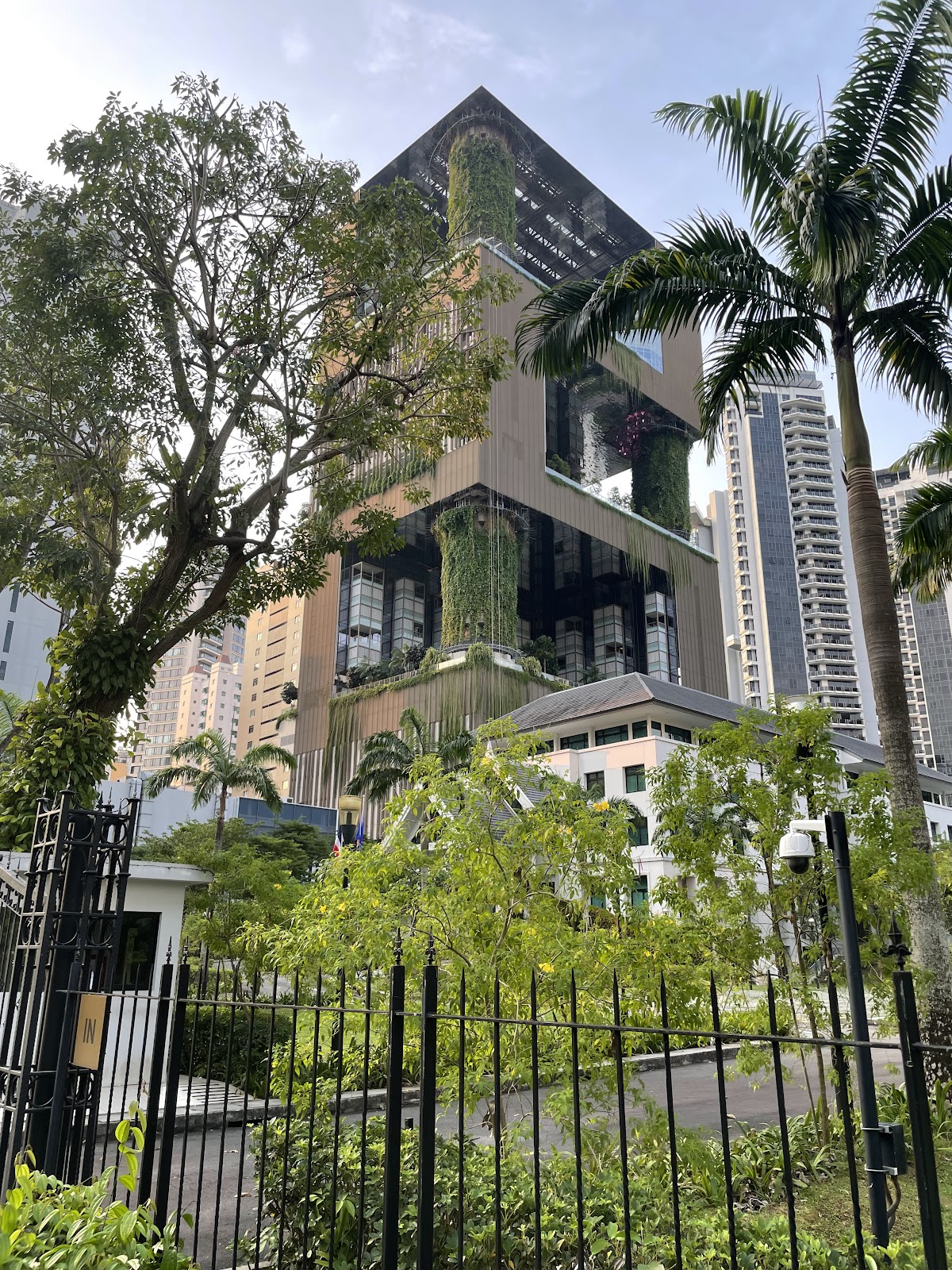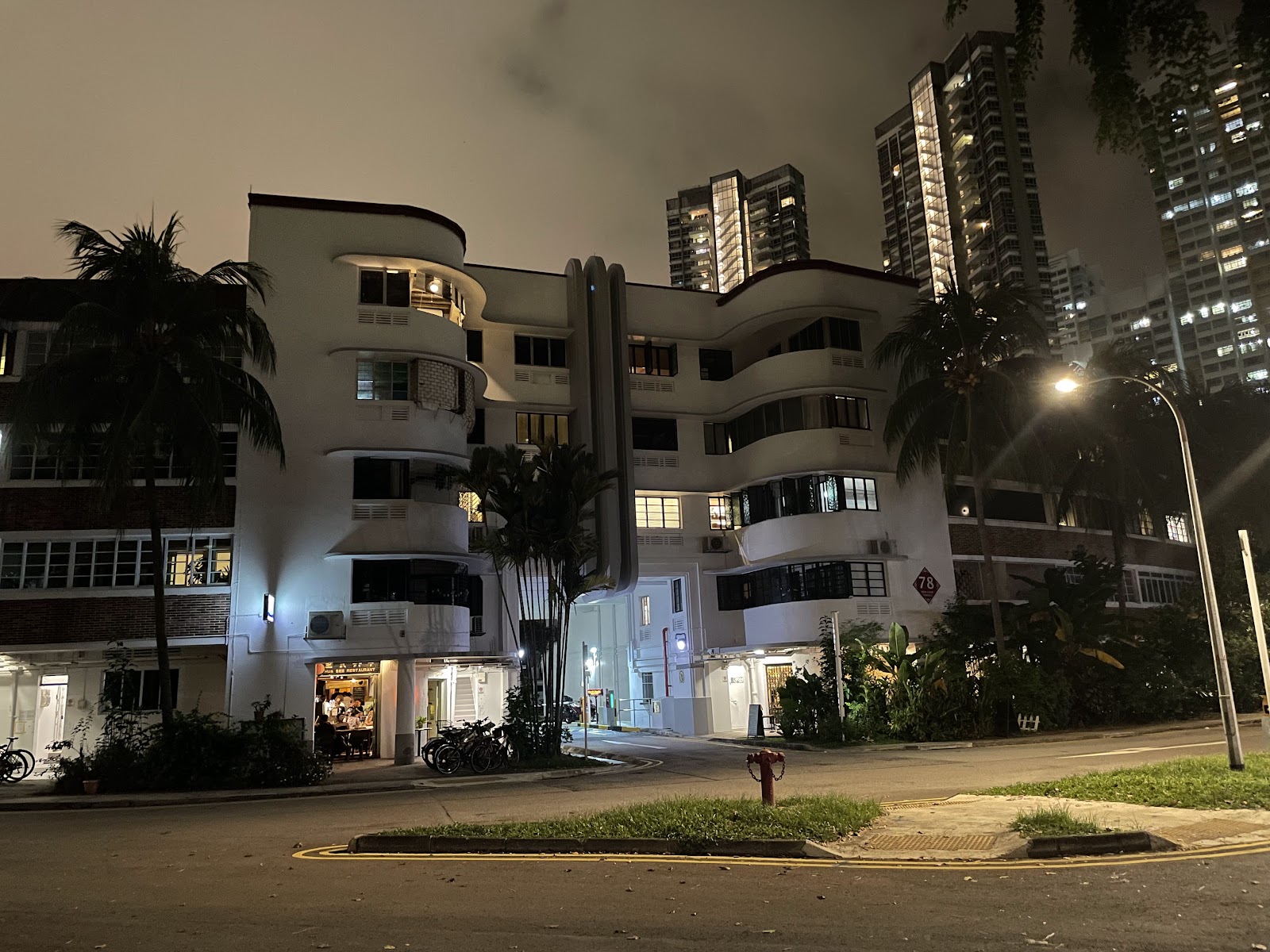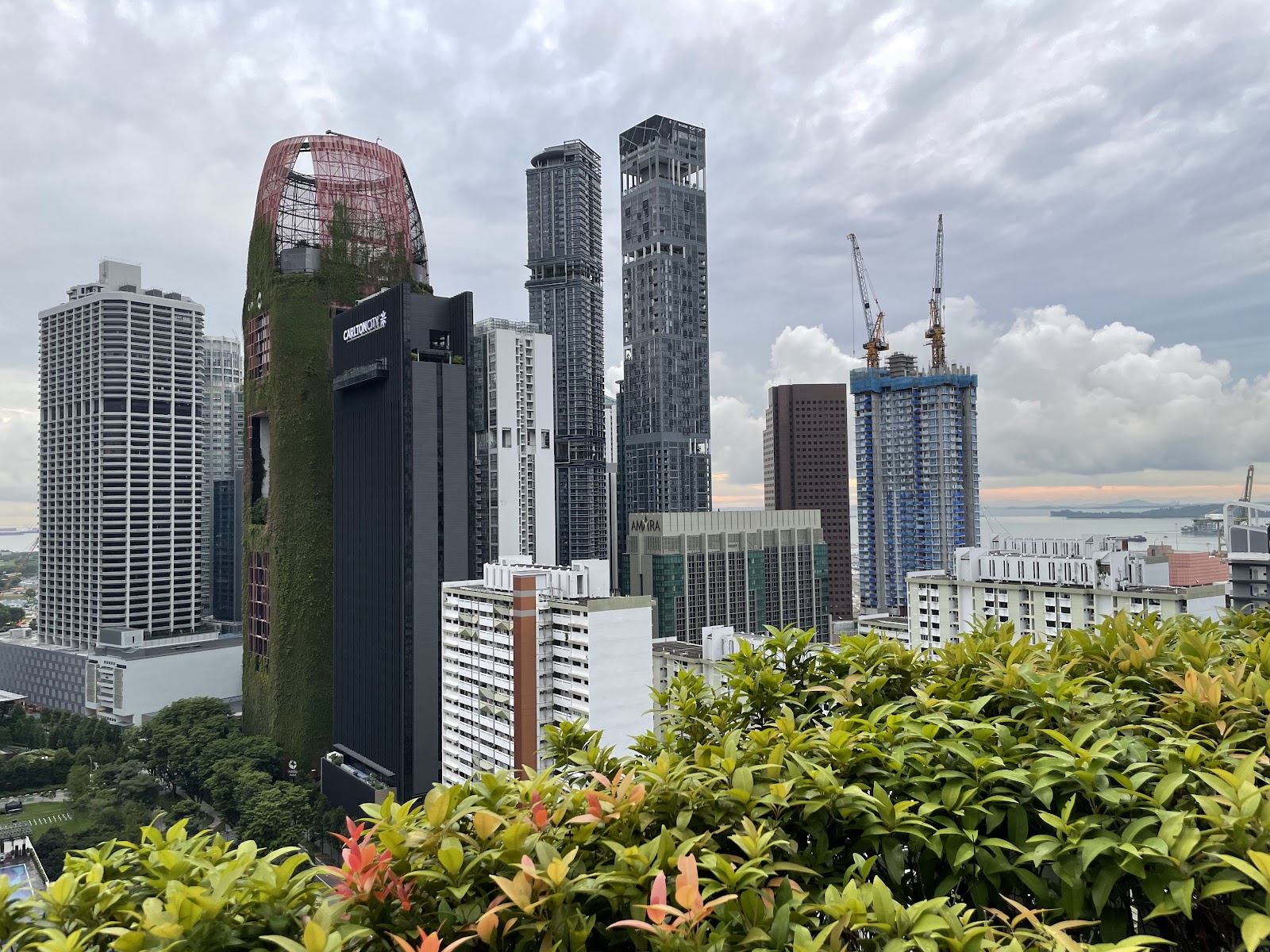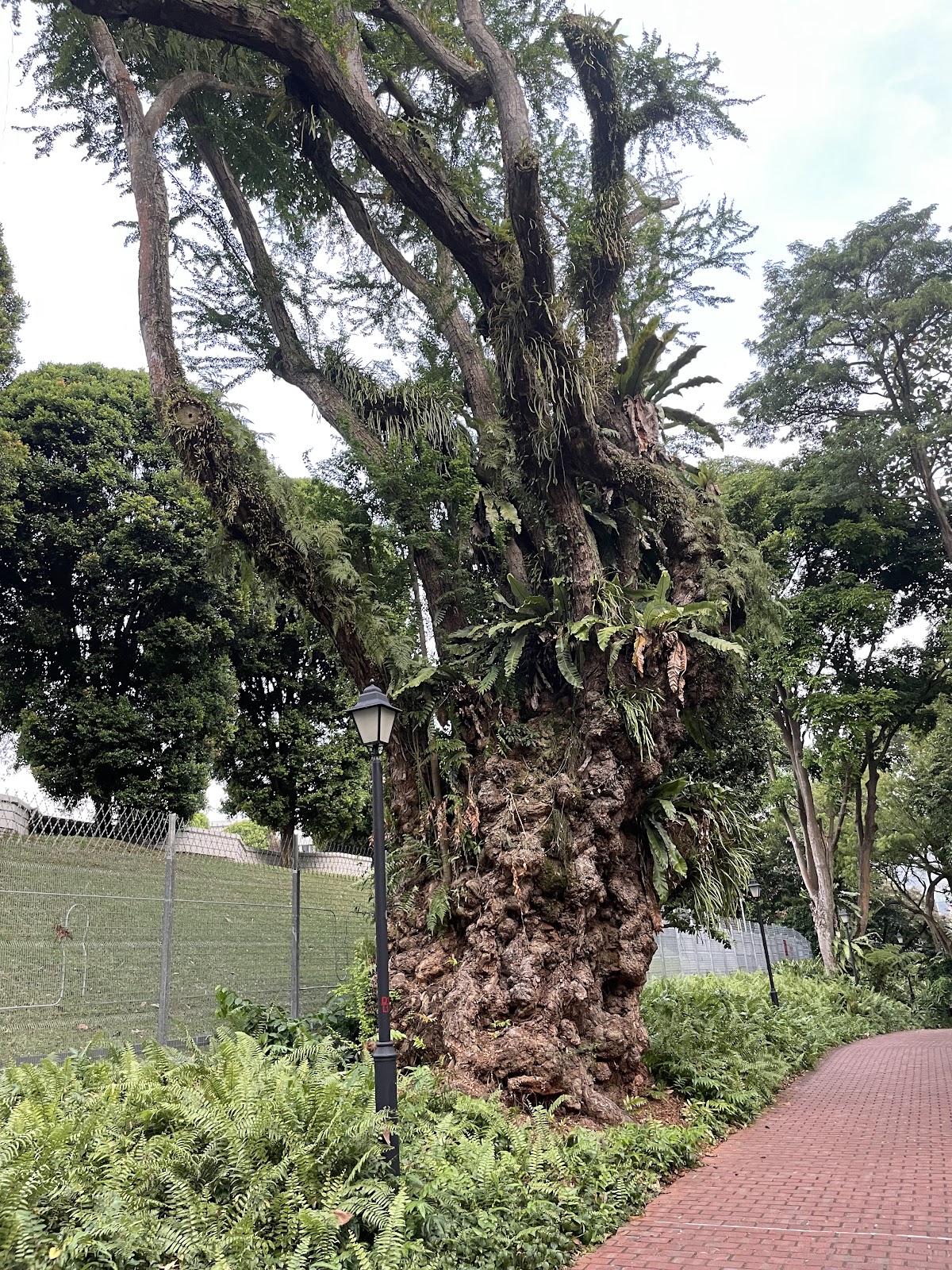The first page of The Unbearable Lightness of Being rubbed me the wrong way. Milan Kundera, Czechoslovakia-born Paris resident until a few weeks ago (RIP), is mulling the impact of an event were it to happen once compared with if it were to eternally recur. He says a one-off life is as non-notable as a 14th century war between African kingdoms, "a war that altered nothing in the destiny of the world, even if a hundred thousand blacks perished in excruciating torment." The long European tradition of viewing everyone else's history (and lives) as inconsequential rides on. I fail to see how Kundera's precious Prague Spring had any notable impact on "the destiny of the world" either. Getting off on the wrong foot, I was hardly consoled by his continuation of the metaphor--that were the African war to happen over and over, it would take a different form; "a solid mass, permanently protuberrant, its inanity irreparable."
I think this book is characterized by toeing the line. Set on the boundary of the Iron Curtain, its passages shift between objective observer and impassioned participant, mind and body, empathy and disgust. Actions are rationalized and embraced raw. As the title suggests, Kundera explores the fleeting nature of existence, the Lightness, plus its heavy flipside that ripples across relations and generations.
Such a novel fits this phase of my life. It is present in every direction I turn--on the shelves of close people, in articles I read, even in the news. Whether this prevalence is frequency illusion or a sign from above I'm not certain, but I think it prudent to listen when called to. In this time of sorting, a human story unveiling our heterogeneity soothes.
Through the pages runs a singularity; the lives lived, by dreamers and lovers, their mistakes and triumphs and even what's out of their control, it all happens blindingly fast and only once in an unending onward direction, a ceaseless march with all the time to look and reach back just far enough to graze with the fingertips, always perfectly out of reach. It's Unbearable.
Part of accepting Being as irrevocable is to simplify, overcommit, generalize, and sacrifice. Though this is well-crafted literature written by an insightful man, I think it contains an acknowledged failure to capture the wholeness. In the narrative too, we go down a path with no hope of return, descending into the only universe here. Kundera taps in and relinquishes control. There is no attempt to answer what any of this is about. It goes on, amazingly.
Beethoven's motif "Es muss sein!" translates to "It must be!" This take on fate embodies the philosophy of the first-person narrator, the author: there's one transient chance to make a decision, and there's no way to validate whether it was right or wrong, good or bad. Some of the characters commit to love, some to ideas, some to freedom. Who is to say which is better? In the subjectivity lies the beauty.
My initial annoyance was assuaged at the end. A group of European and American intelligentsia travel to the Cambodian border to demand Vietnamese occupiers let humanitarian aid in. Amid a backdrop of commentary on kitsch and leftism, the bickering, righteous marchers reach the border and are met with silence. Their grand statement, built on the perceived importance of Western writers and doctors and actors and professors, is spat on by power, humiliated under lack of attention, destroyed. Sooner or later we're all humbled as mere Beings; weightless, burdened, passing our way through the Earth.










